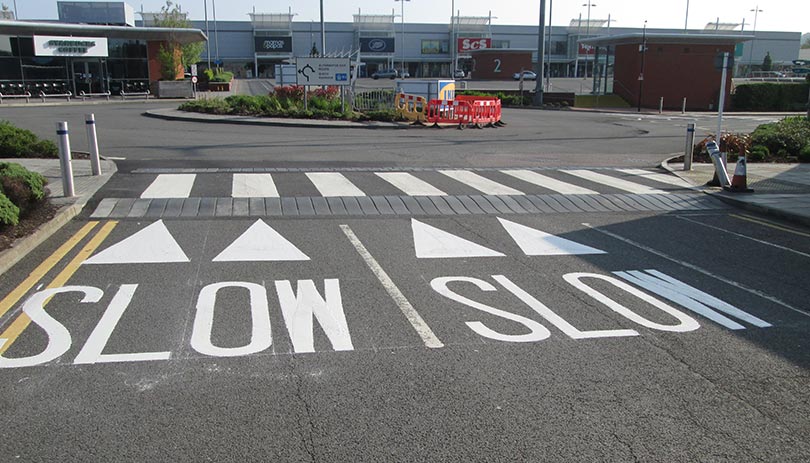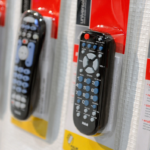The greater part of us underestimate line marking in Melbourne, immediately remembering them and acting as needs be. Not many of us in any case, really comprehend the materials that are associated with making these lines, not understanding that it takes expertise to understand what materials to utilize and the most effective way to utilize them.
We frequently see line marking services underway on our roads, defaming the way that we are caught in one path, while the other path is being repainted. So whenever you are holding up in traffic watching the lines being painted on the other roadside, why not invest your energy beneficially attempting to sort out which of the three materials outlined underneath, are being utilized by the road marking services.
Plastic paint: This is the most un-sturdy paint utilized for line marking in Melbourne and is like the plastic paint that is utilized for the outsides of building. It contains a polymer resin nonetheless, typically a combination of acrylic and water, and as the water dissipates in the sun, the paint dries on the road.
Plural component materials: These begin as a polymer resin and an impetus, and there are two distinct sorts of combinations utilized for line marking in Melbourne. The primary purposes an epoxy and an amine, which are warmed to somewhere in the range of 40 and 60 degrees centigrade, blended and afterward showered on the road. Once blended, this sort of material dries and solidifies inside 15 to 30 minutes. A second kind of plural component utilized by line marking services consists of an amine resin and an isocyanate impetus, which dries inside 2 to 3 minutes. The issue with this last material is that it actually should be painted onto a new, clean surface, so it isn’t proper all the time.
Thermoplastics: These depend on adjusted esters and should be warmed to around 200 degrees centigrade, cementing quickly on the road surface. These are awesome for line marking occupied areas as they don’t hold up the traffic while the material dries. Thermoplastics can likewise be utilized for peril path markings, intersections and turning paths.
None of these line markings will reflect back towards the driver, not until little glass circles of silicon glass are cleaned onto the markings, before they dry. These are typically blended in with the thermoplastic materials nonetheless, rather than cleaned on, so assuming you see the road marking services tidying their lines, you realize that they are probably not going to have utilized thermoplastic material.
In the event that your only need is crude upfront expenses, since preformed thermoplastic road line marking at first costs more than road paint, it’s not extremely practical. On the other hand, assuming you incorporate ongoing upkeep and the extended season for road line painting that accompanies preformed thermoplastic, then it certainly dominates the competition. As you will see, even car leave line marking can profit from involving preformed thermoplastic for specific applications.
Advantages of involving preformed thermoplastic for road line marking
The reason that preformed thermoplastic is so practical is that not normal for road line marking paint, it needn’t bother with at least 10 degrees centigrade to be applied. While we don’t have truly chilly winters in Australia, we frequently have days where the temperature goes down under 10 degrees centigrade. This lessens the quantity of days that line painting can happen, making missed deadlines and despondent clients.
The solution is to utilize preformed thermoplastic rather than paint for specific road line marking applications, which dissimilar to customary thermoplastic needn’t bother with a melter or unique instruments and is more straightforward to apply to road and carpark surfaces. An additional advantage is that preformed thermoplastic is accessible in standard marking tones (blue, red, yellow, white, dark and green) and furthermore in various images (turning bolts, impeded signs, letters and stop bars).
For more modest organizations who need to accomplish however much work as could be expected to develop their business, preformed thermoplastic provides them with various solid and intelligent markings, while not needing perplexing and costly hardware for its application. This sort of material is utilized widely in cool environments where the need to broaden the road line marking season is imperative, otherwise scarcely any work would be done for huge pieces of the year.
Another advantage is that once applied, preformed thermoplastic needn’t bother with to be repainted frequently, as it endures up to quite a bit longer than standard paint. This is a gigantic expense saving when you consider that restoring line painting expects traffic to be halted and redirected, intersections or carparks to be shut, and teams should be paid. car park line marking are an important part of parking regulations and are used to distinguish between spaces.
While preformed thermoplastic isn’t intended to supplant line painting or even liquid thermoplastic that requires high temperatures for its application, it offers organizations other options. For instance, you can get done with little tasks during the colder months, expanding your income and giving clients a long term and tough solution for trafficing the executives on their property.







